
Lopinot House is a property of interest located on a parcel of land situated within the Lopinot Historical Complex, Lopinot Village, Arouca. Lopinot Road on the West, Lopinot River on the East, State Lands (field) on the North, Private houses on the south
The Lopinot House is named after the original estate owner, Charles Joseph Count de Lopinot, a Frenchman. Count de Lopinot arrived in Trinidad in 1800 and established La Reconnaissance Estate in 1804. Lopinot House was built in 1806 and it is one of the few remaining structures from La Reconnaissance Estate.
Count de Lopinot was recognized by the colonial Governor at the time for his military skills. In 1805 Governor Thomas Hislop appointed him Brigadier-General of the Trinidad Militia. This was the highest post in the force. This is significant in the context of Trinidad being a former Spanish colony, which had only been acquired by the British seven years earlier and had a significant French planter class. When Lopinot passed away in 1819 he was buried on the Estate, next to his wife, who had passed away a few years earlier. Not much is known about the Count’s family. The Count’s wife was Marie Cécile Favre, and they were married in New Orleans in 1768 (De Verteuil, 2000). They may have had a daughter. Their son, Jean Lopinot, is known for his botched investigation into an expedition from Chacachacare to Venezuela in 1813 that aimed to incite rebellion in Venezuela.
The legacy of the Estate is noteworthy as it gave rise to Lopinot Village. Enslaved Africans and indentured Indians worked to cultivate cocoa at La Reconnaisance and the settled around the Estate. The Lopinot Road was constructed to facilitate access to the Estate. La Reconnaissance was important to the development and settlement of the geographic area, but the name of the owner, Lopinot, became synonymous with the Estate and the village. In the 19th century Venezuelan peons migrated to the Lopinot Valley to work on the estate as well. Many archaeological finds around the site confirm these layers of history and the museum displays the culture and history of the village.
Other Known Name: Lopinot Estate
Address: Lopinot Historical Complex
Town/City: Arouca
Region: Tunapuna – Piarco
Site Type: Cultural Heritage
Ownership: Private
Public Accessibility: Limited Access
Grade:Grade 2 – property in which material change may be permitted, provided that similarity is maintained in all respects as its original composition, shape and form.
Cultural Community: French
Site Features: Cocoa Estates, Residences & Great Houses
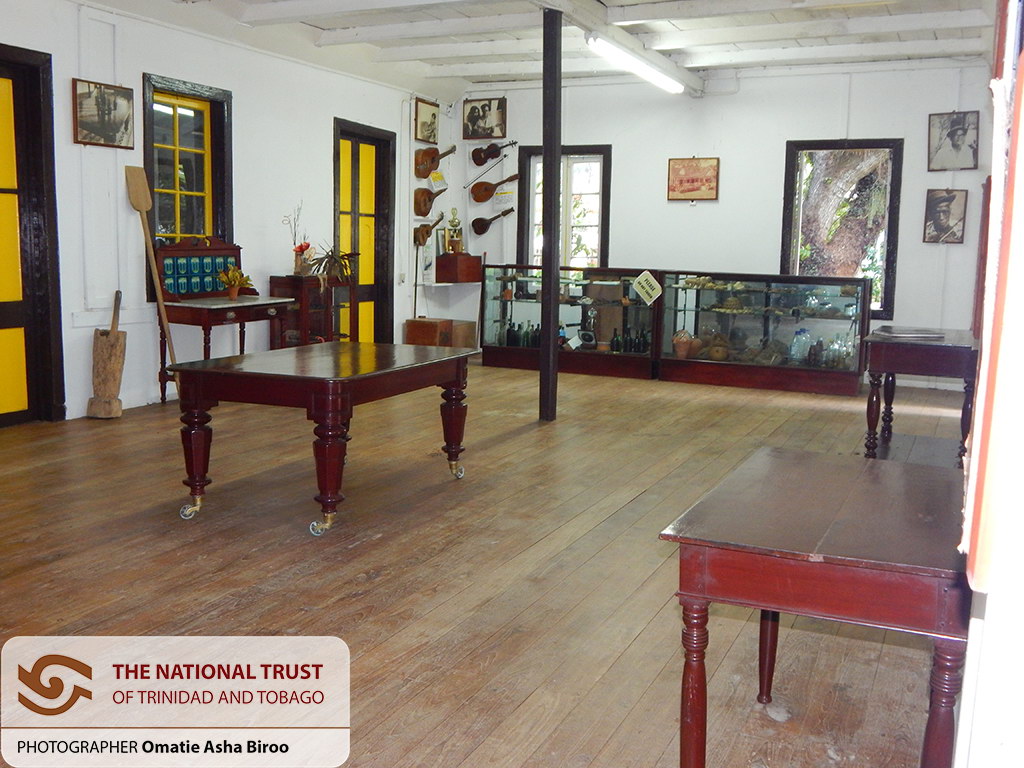
Lopinot (1)
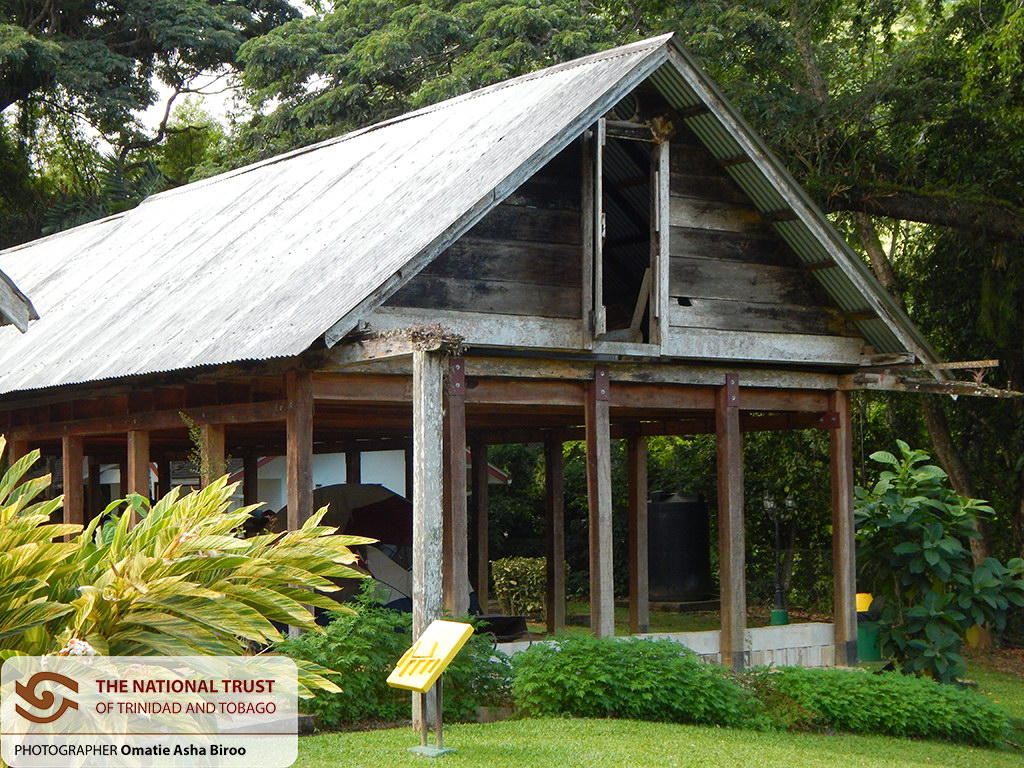
Lopinot (2)
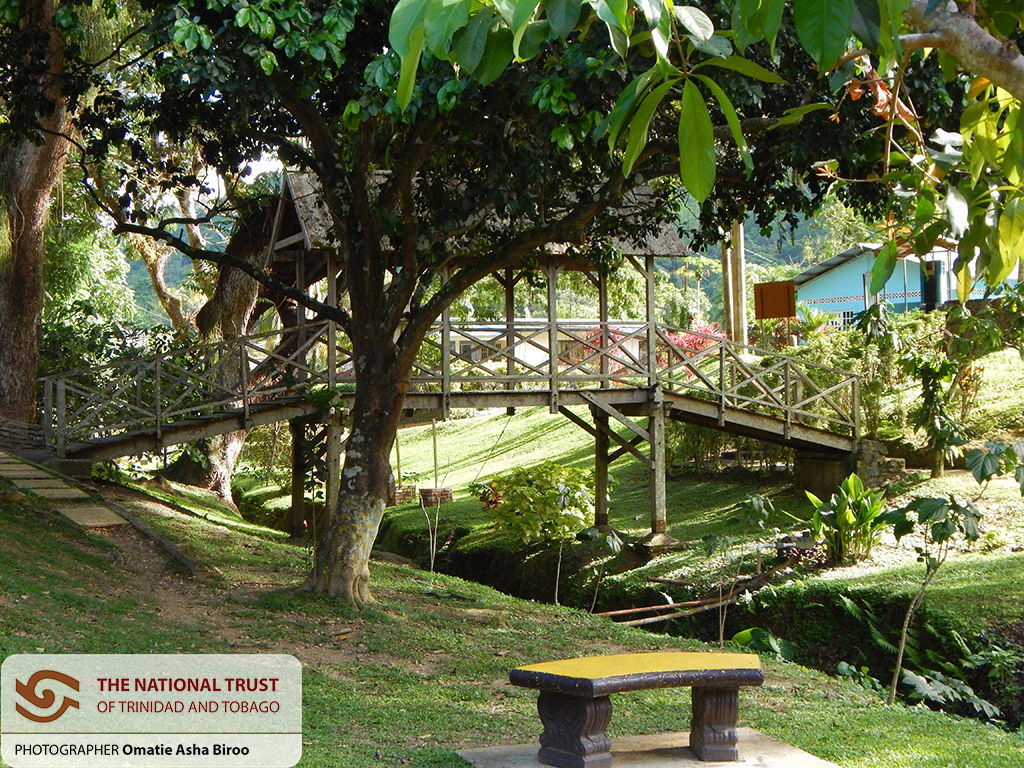
Lopinot (3)
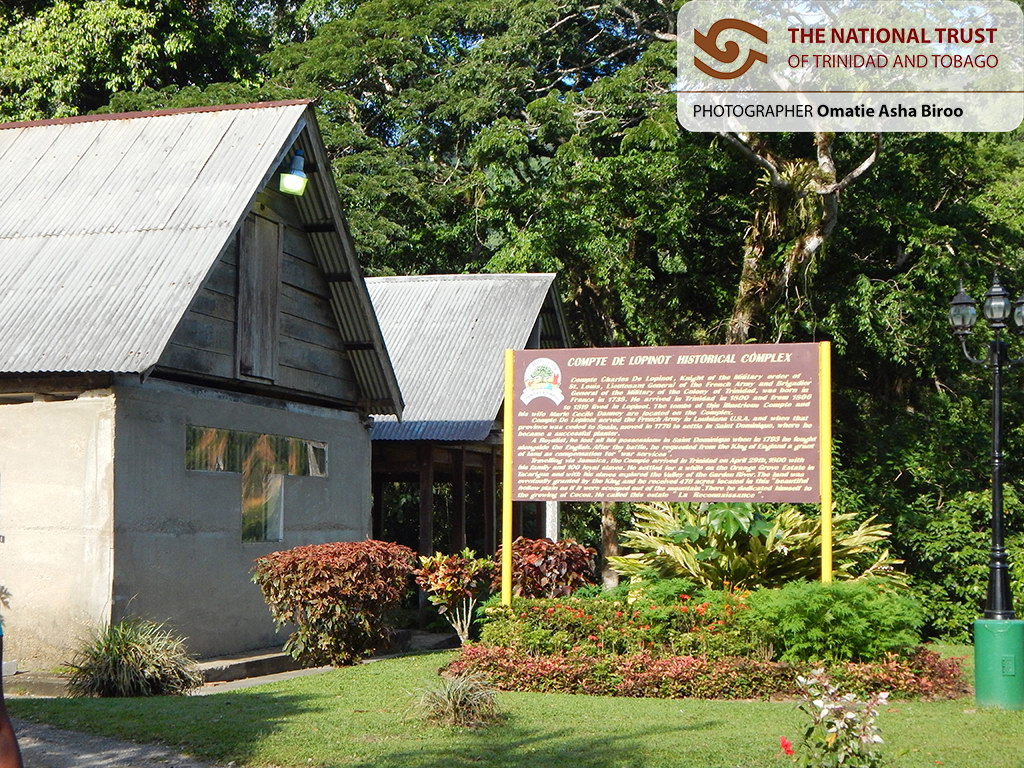
Lopinot (4)

Lopinot (5)
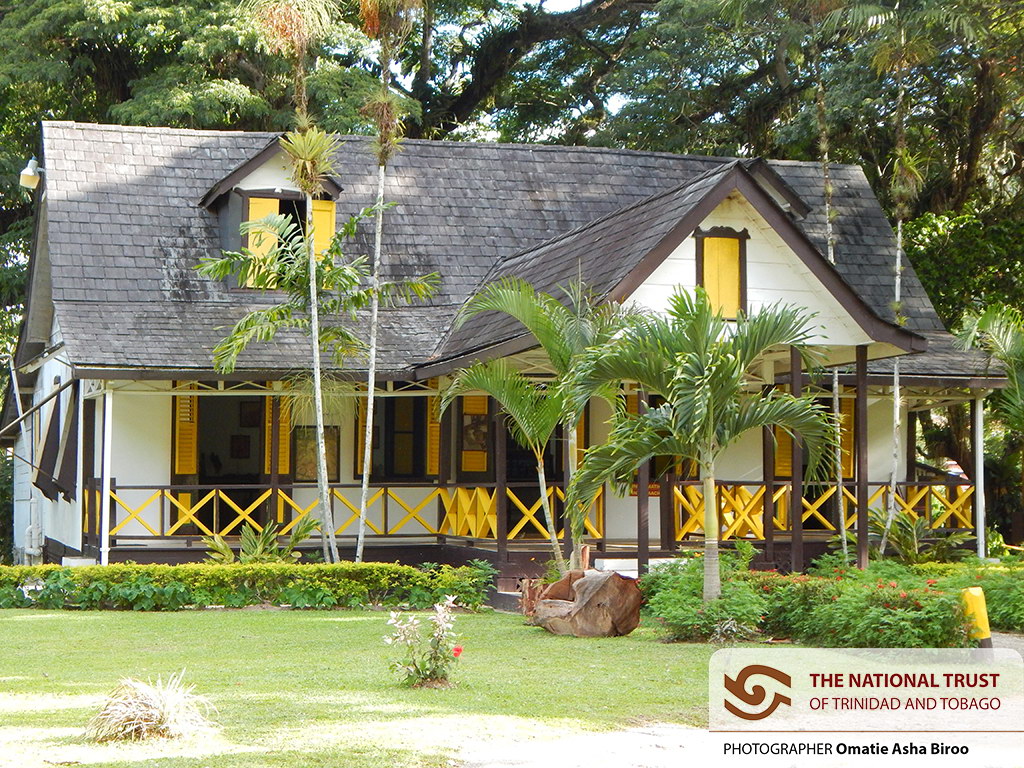
Lopinot (6)
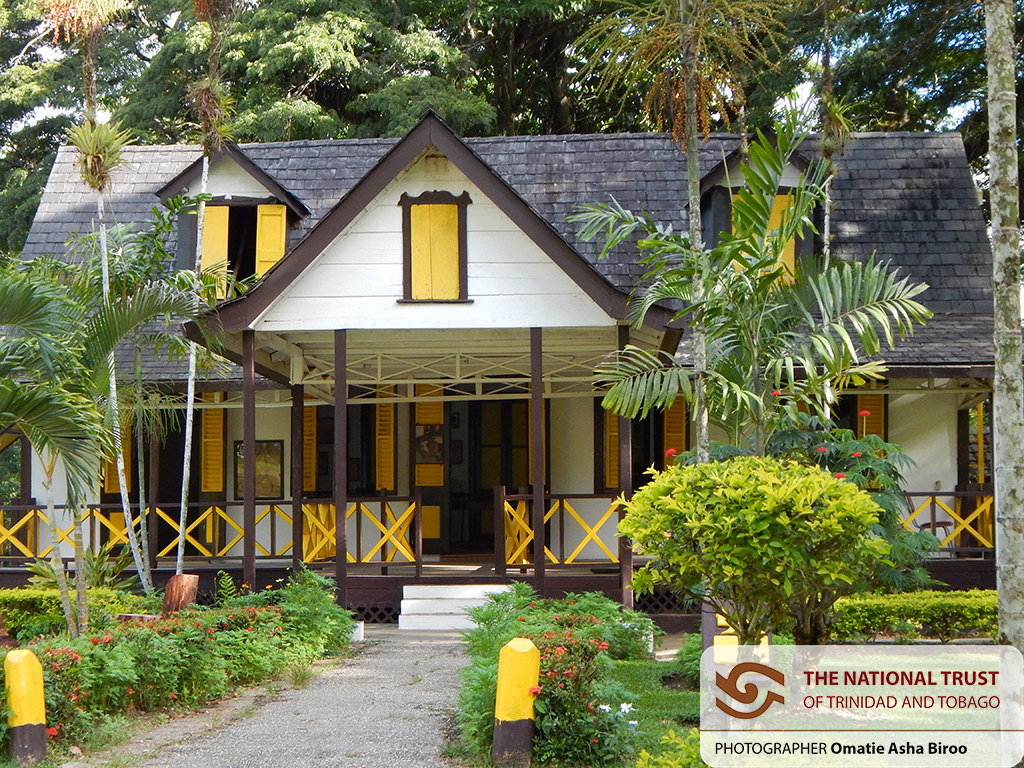
Lopinot (7)
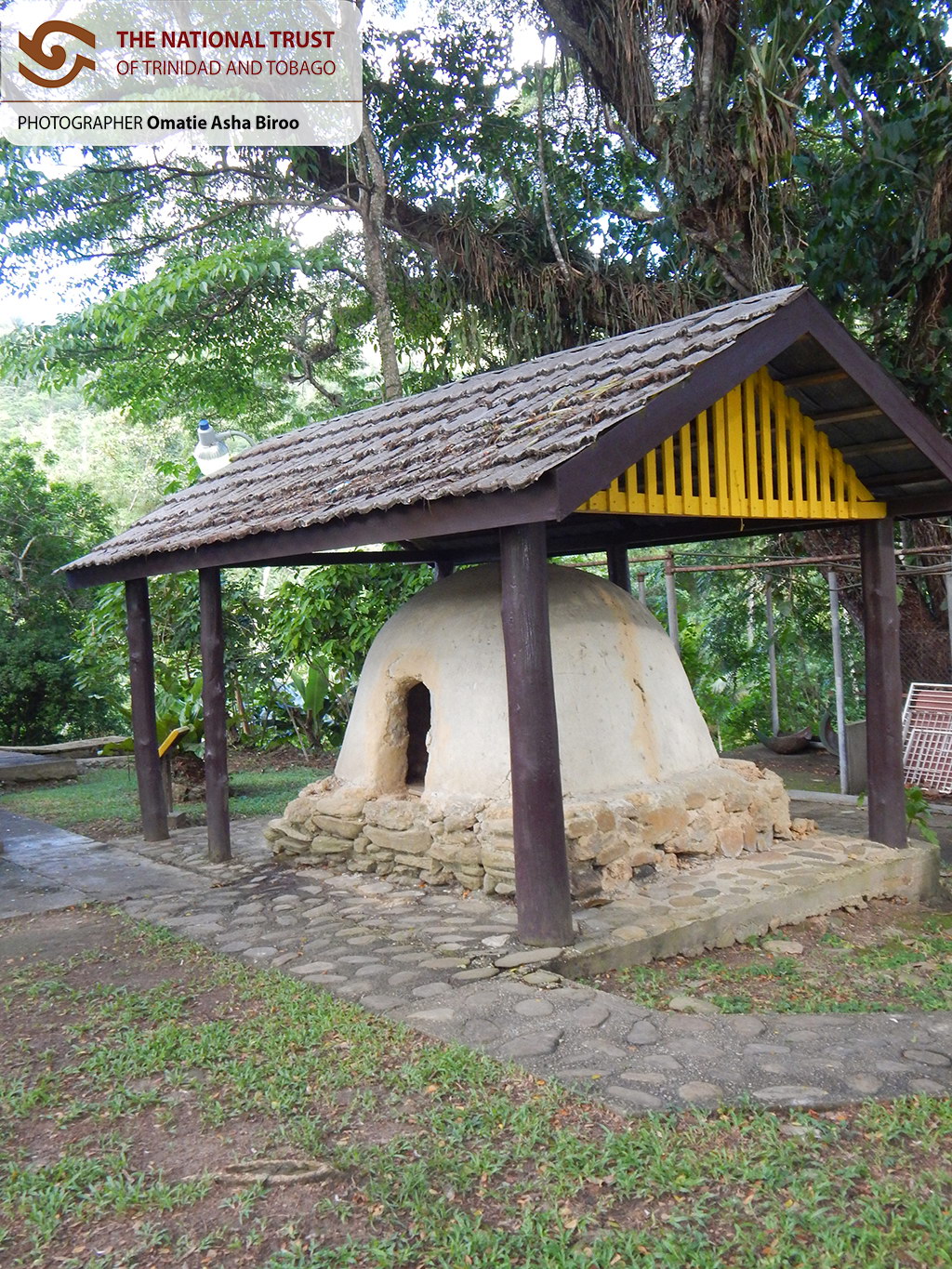
Lopinot Estate – Big Fire Side
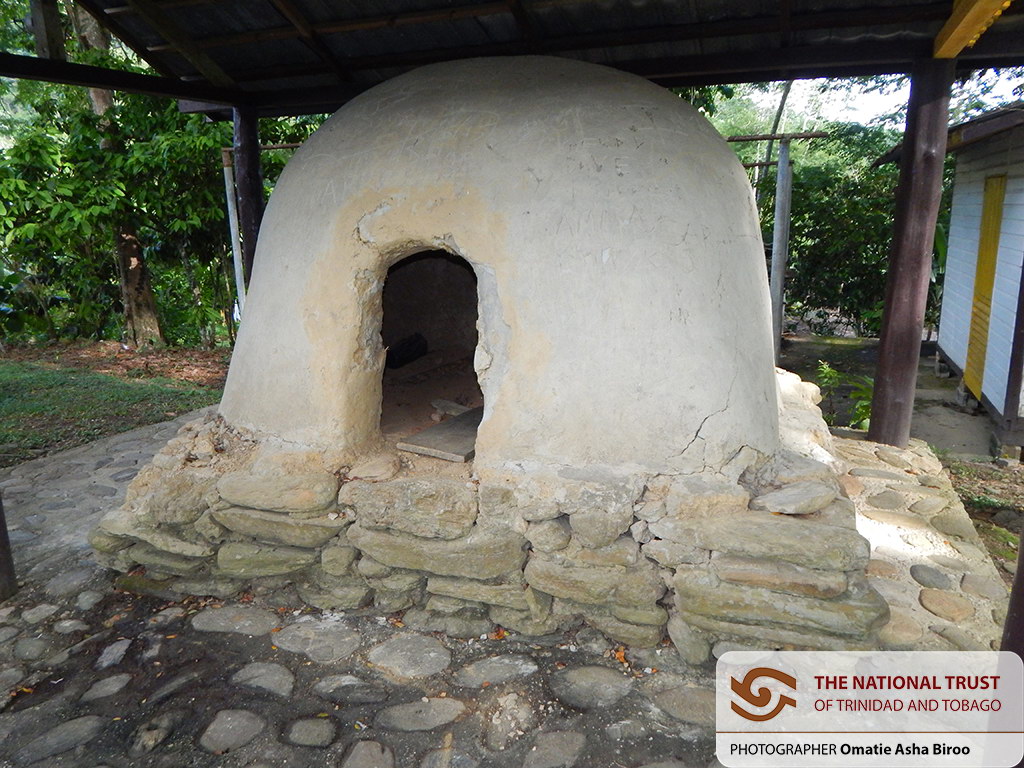
Lopinot Estate – Fire Side
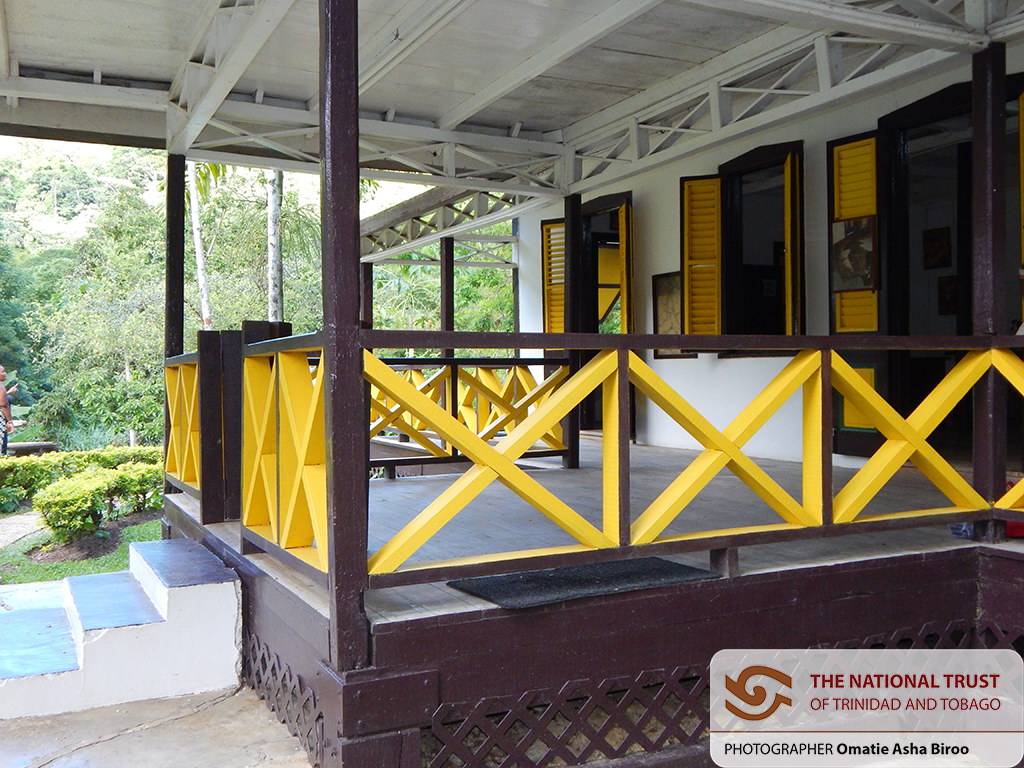
Lopinot Estate – Front inside view of the house
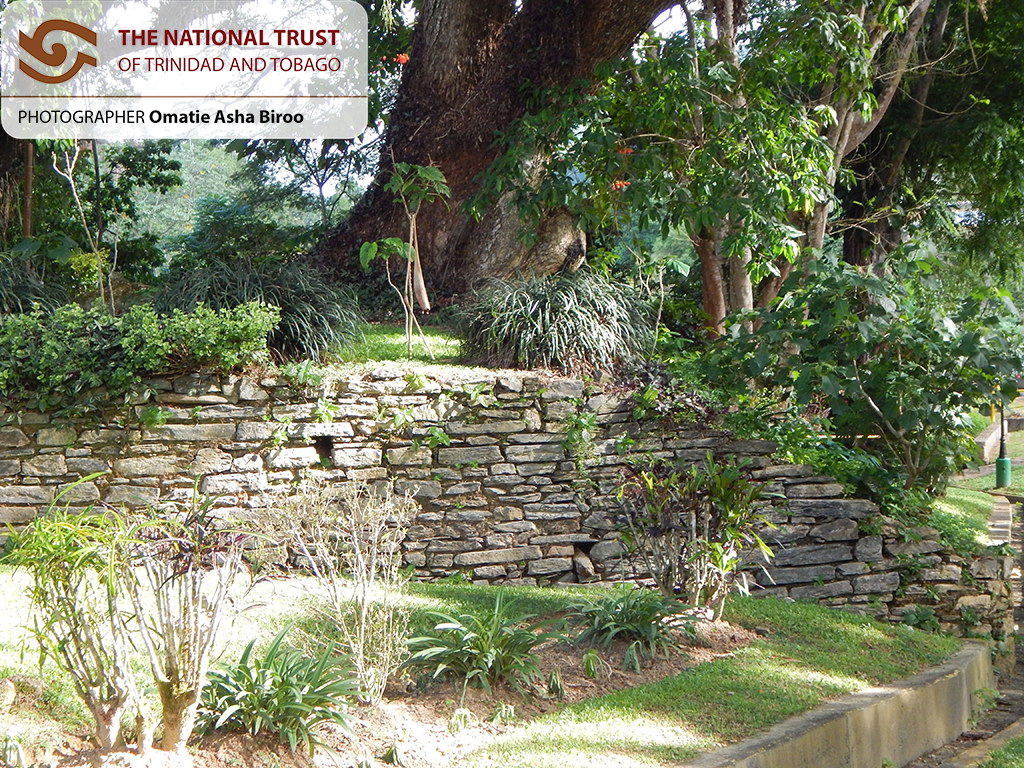
Lopinot Estate – Wall design by the big trees
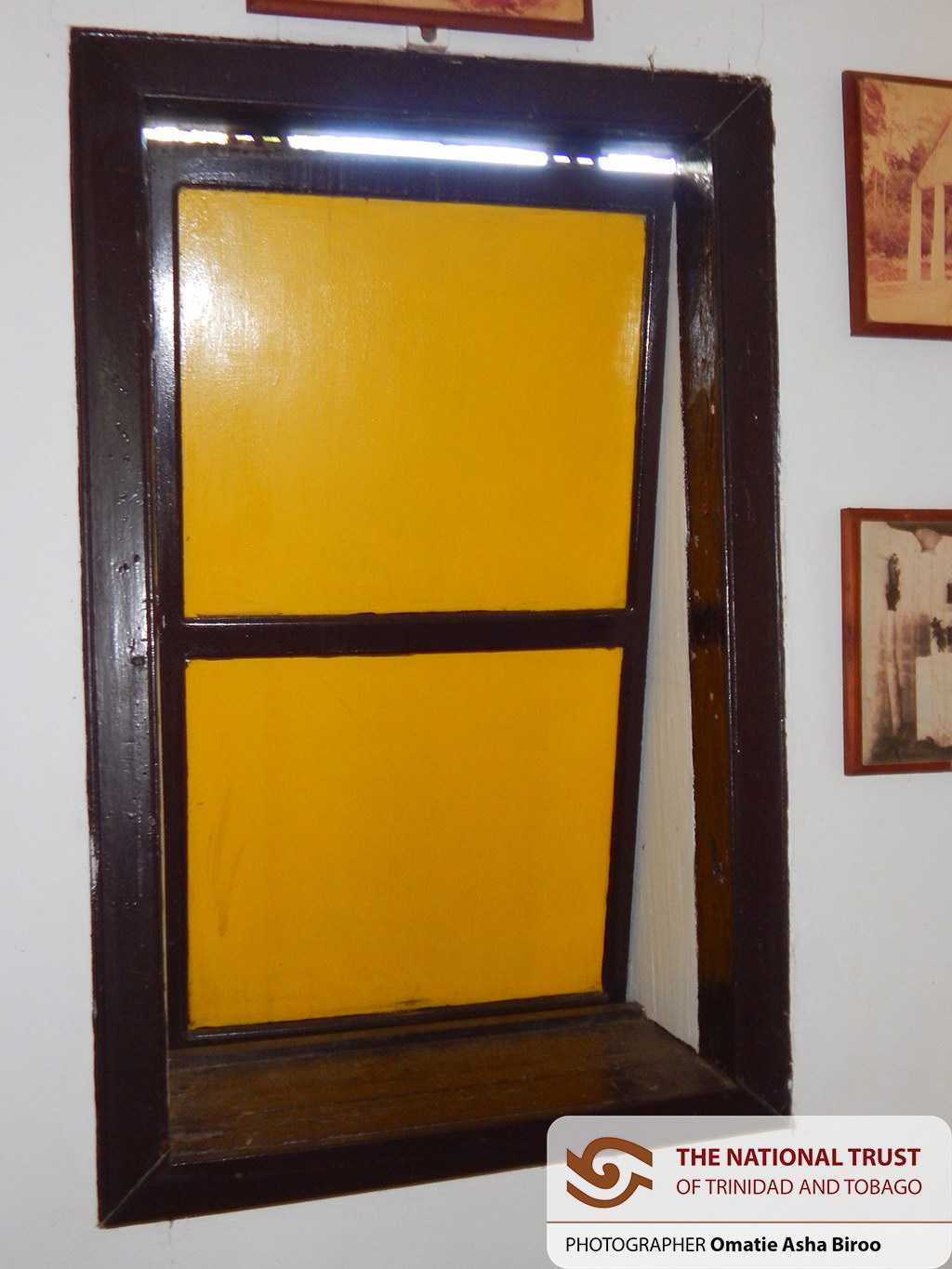
Lopinot Estate – Window
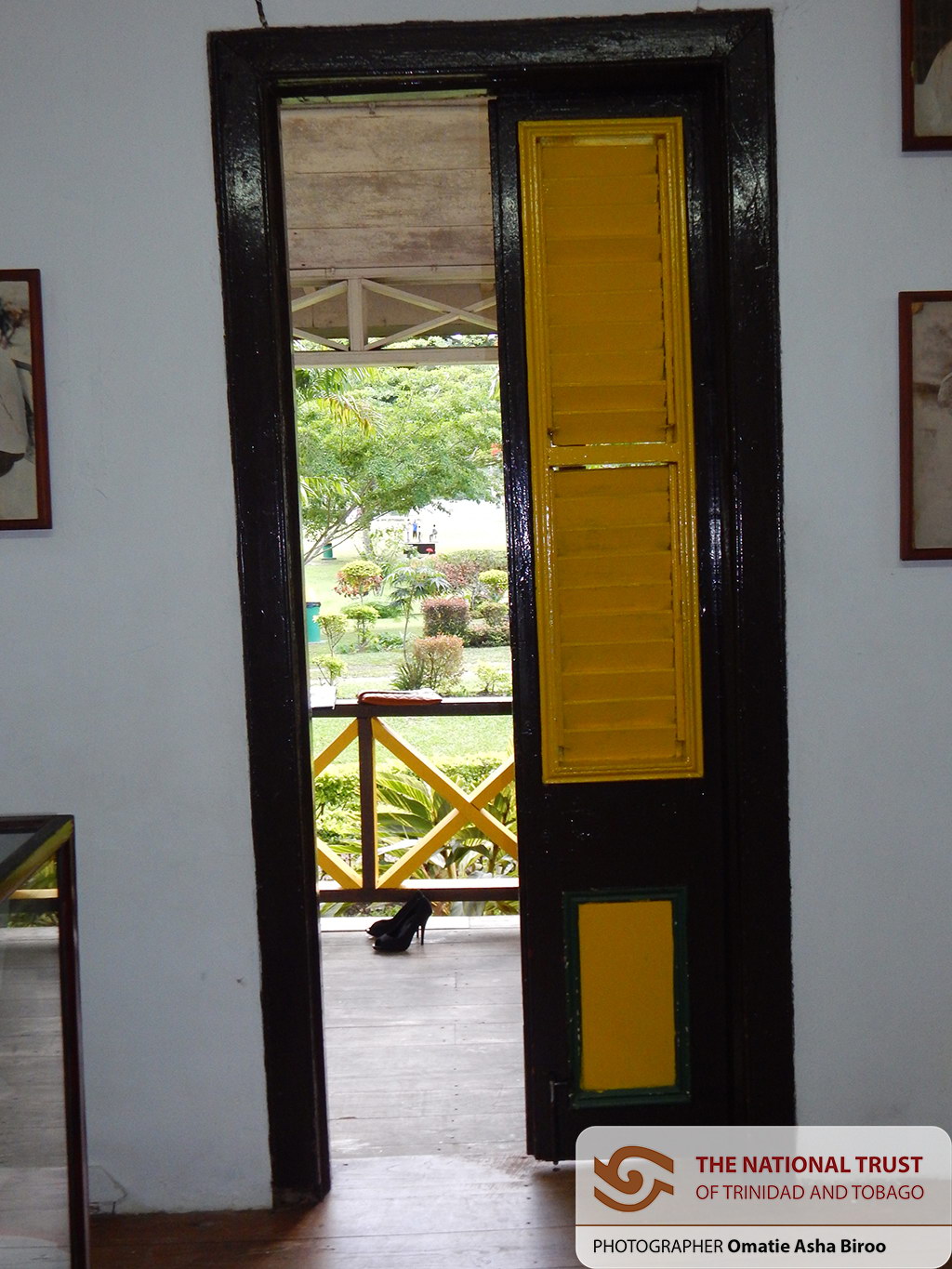
Lopinot Estate- Door in the Complex
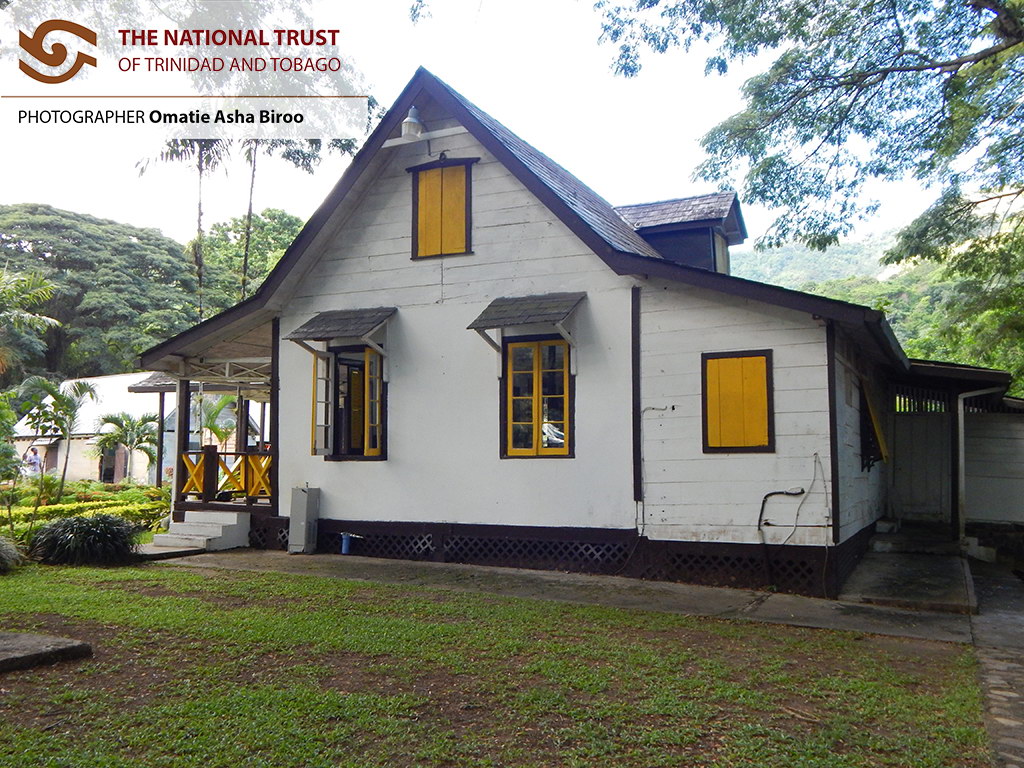
Lopinot Estate -right side view of house
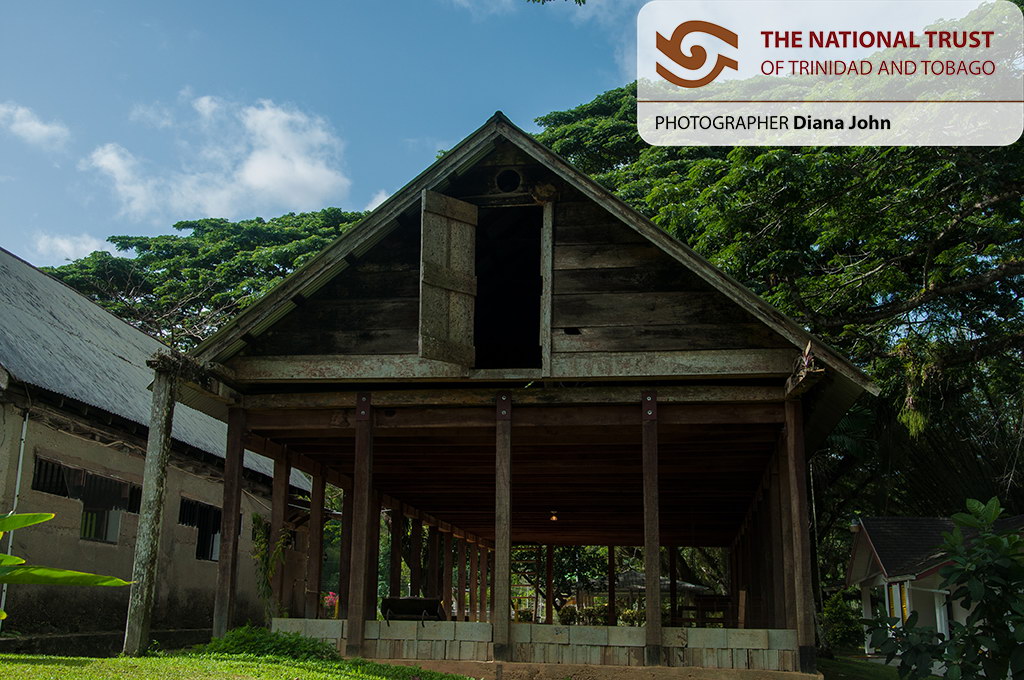
Lopinot Estate_DSC4133 (13)
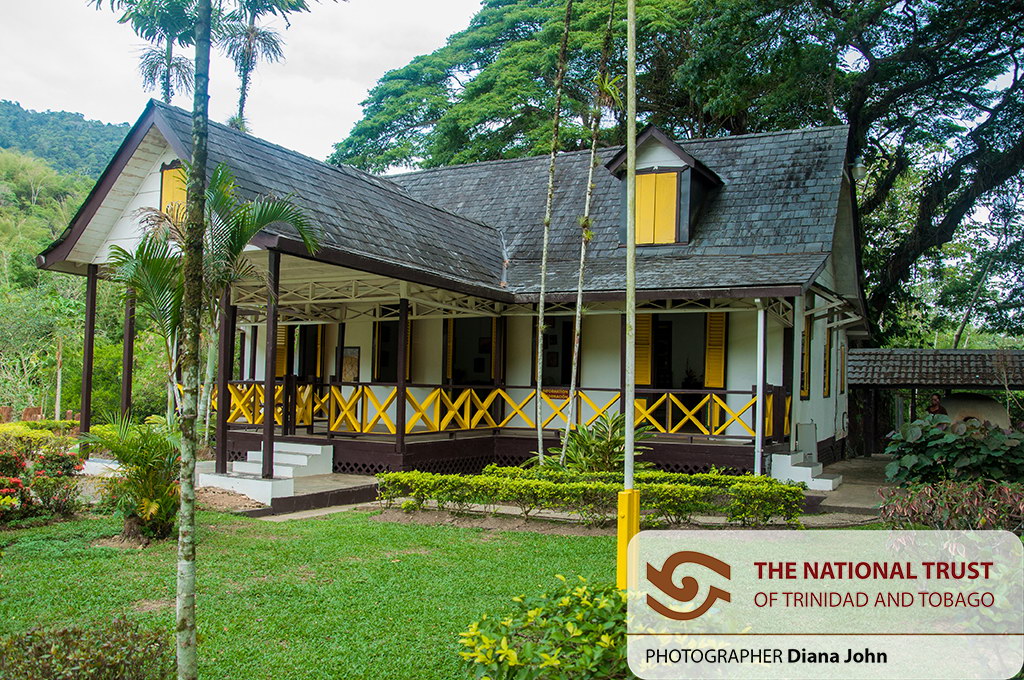
Lopinot Estate_DSC4133 (27)
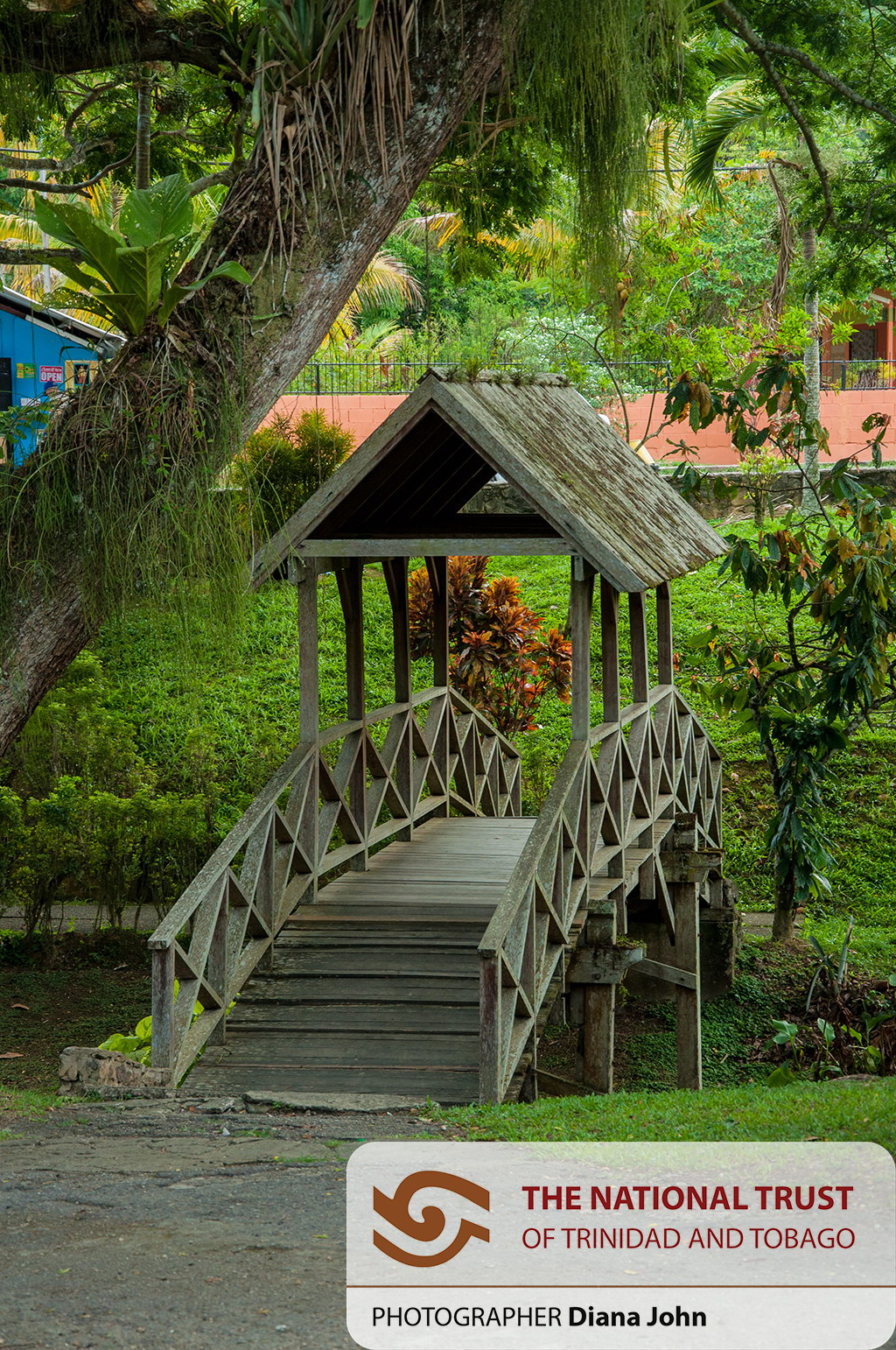
Lopinot Estate_DSC4133 (28)
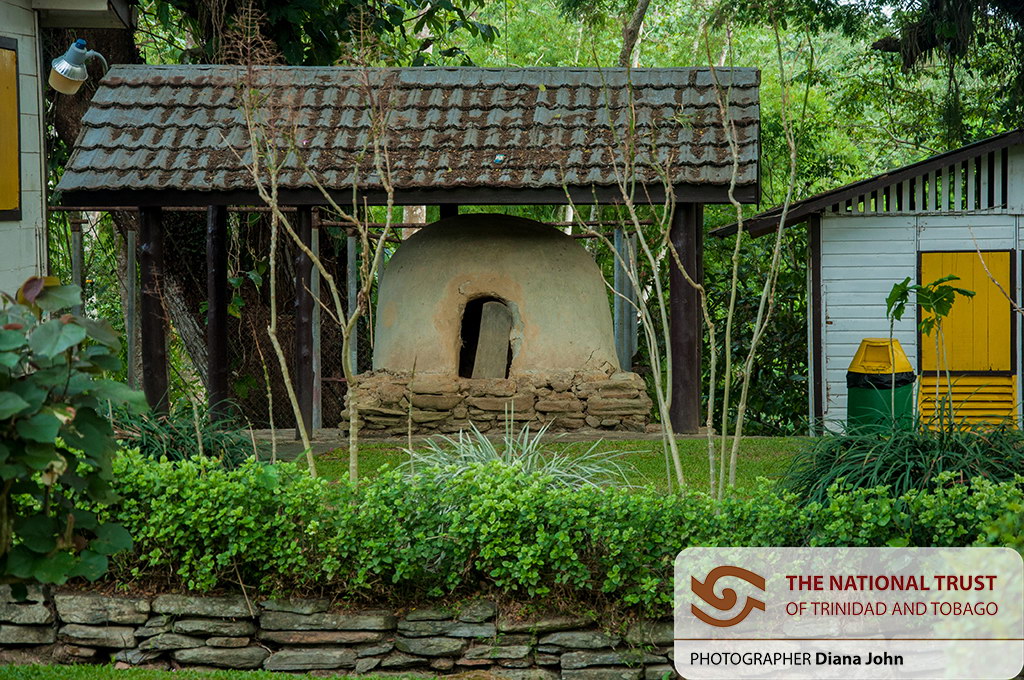
Lopinot Estate_DSC4133 (29)
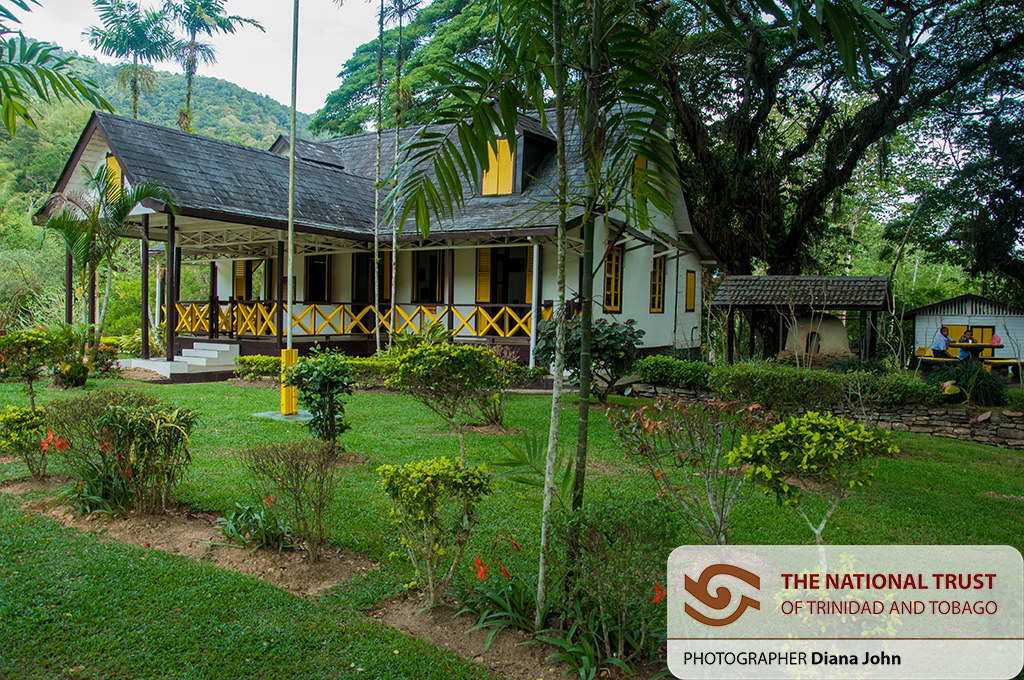
Lopinot Estate_DSC4133 (30)
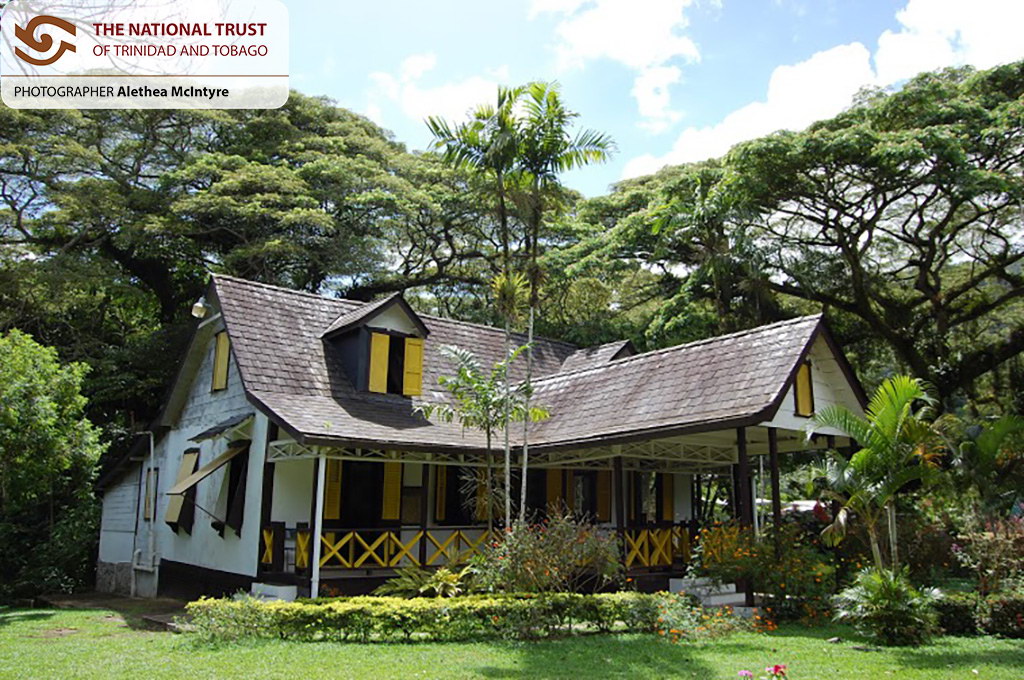
National Trust_ Alethea McIntyre_Count Lopinot House
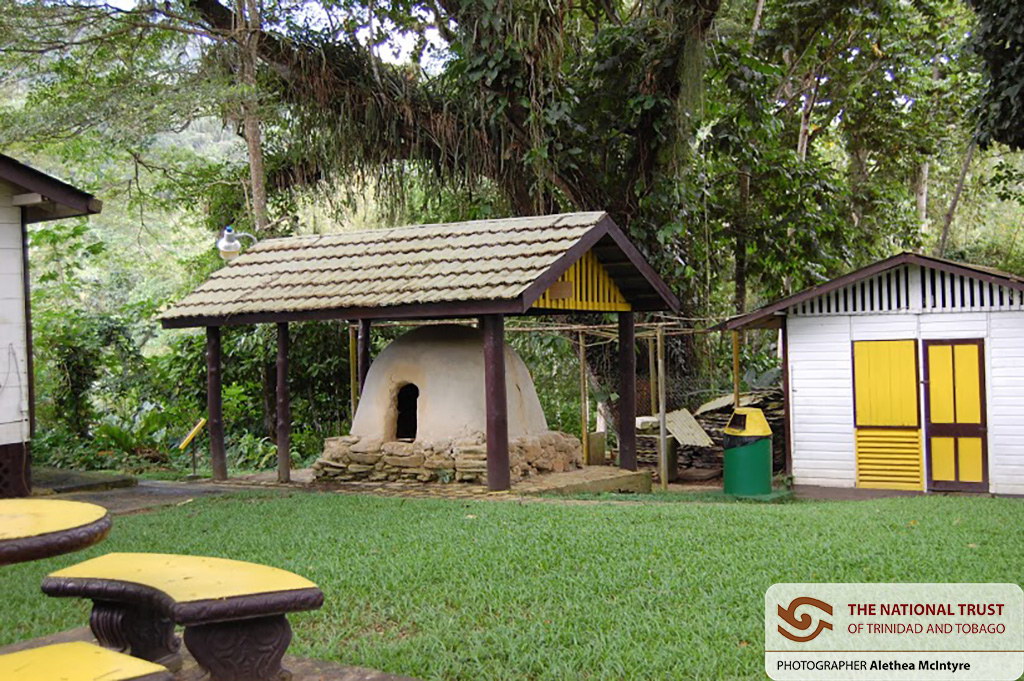
National Trust_Alethea McIntyre
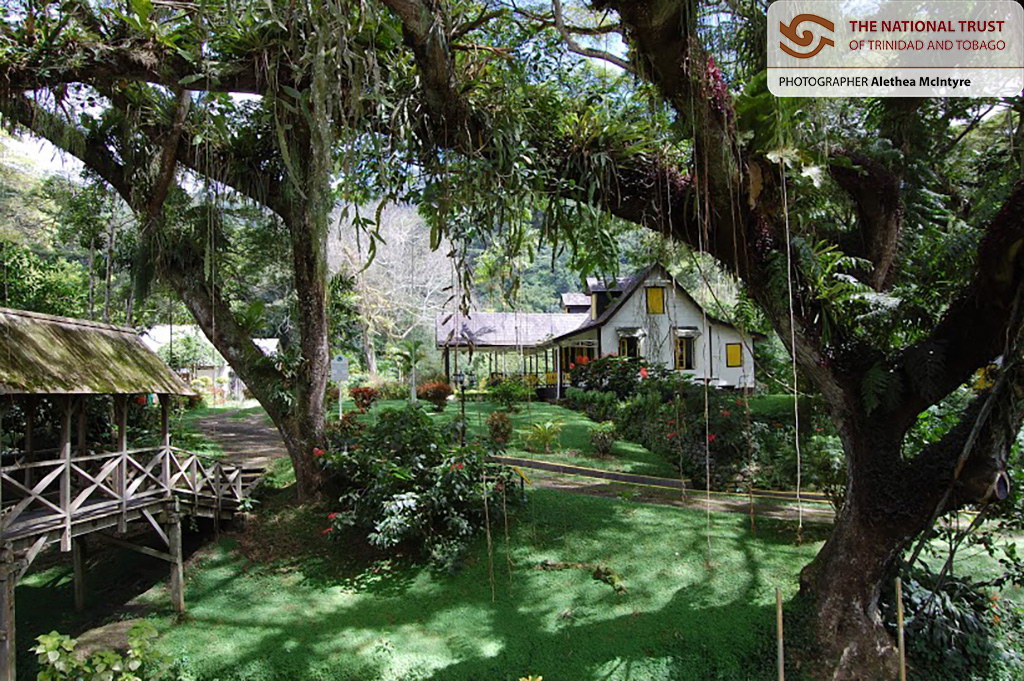
National Trust_Alethea McIntyre_view from Road
Lopinot Historical Complex, Arouca, Tunapuna – Piarco

